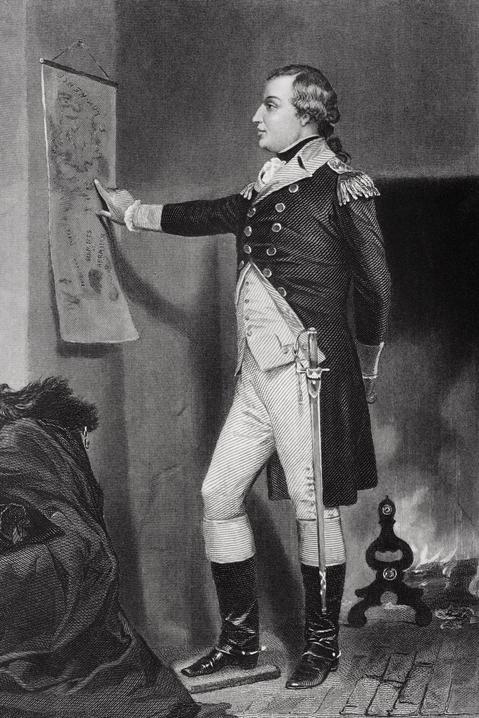Contents

Contents
Quick facts
- Born: 2 December 1738 in Swords, Ireland
- Richard Montgomery was an Irish-born soldier who played a prominent role in the American Revolutionary War as a major general in the Continental Army.
- He was one of the first generals appointed by the Continental Congress and the first to achieve a significant victory, capturing Montreal in 1775.
- Montgomery was known for his leadership in the invasion of Canada, an early campaign of the Revolutionary War.
- He tragically died during the Battle of Quebec, becoming one of the first high-ranking American officers killed in the war.
- His death was widely mourned and significantly impacted American morale and the perception of the war effort.
- Montgomery was posthumously praised for his bravery and leadership, becoming a symbol of the American struggle for independence.
- Died: 31 December 1775 in Quebec City, Quebec.
- Buried at Quebec City; remains moved in 1818 to St. Paul’s Chapel, New York, NY.
Biography
Richard Montgomery, British soldier in the Seven Years’ War and Continental Army officer during the American Revolution, was born in Dublin, Ireland, in 1736.
Educated at St Andrew’s and at Trinity College in Dublin, he entered the British army in 1756. He became captain six years later. He saw war service at Louisbourg (a fortress in Nova Scotia, Canada) in 1757 and in the Lake Champlain expedition of 1759. As an adjutant of his regiment (the 17th foot) he shared in the final threefold advance upon Montreal. Later he was present at Martinique and Havana.
In 1772 he left the army, settled in New York, and married a daughter of Robert R. Livingston. Three years later he was a delegate to the first Provincial Congress of New York and became brigadier-general in the Continental Army.
Montgomery was sent with General Philip Schuyler on the disastrous Canadian expedition to take Quebec City. And when Schuyler fell ill, the command became his. Hampered by the inclemency of the season and the gross indiscipline of the troops, he went forward, gaining a few minor successes and capturing the colors of the 7th (Royal) Fusiliers. At Point aux Trembles, he met up with Benedict Arnold’s contingent, and together they pushed on to Quebec. Barely 800 strong they nonetheless made an assault on 31 December 1775.
At almost the first discharge Montgomery was instantly killed.
The body of the American general was honorably interred by the Quebec garrison. Congress approved a memorial to be erected at St Paul’s Chapel in New York. And in 1818 his remains were transferred from Quebec and buried in the churchyard.

